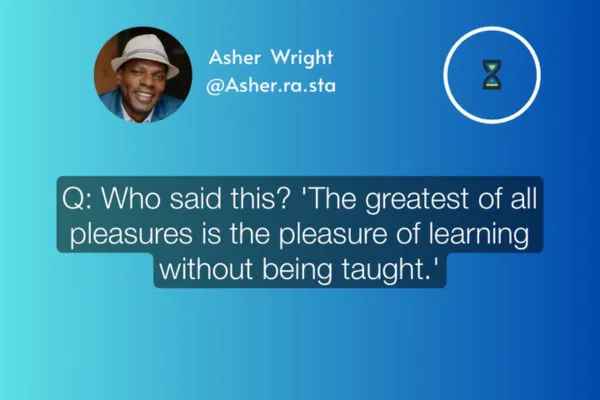WE ARE THE STORIES THAT MAKE US UP!
YOUR STORY MATTERS
Empowering Immigrants, Veterans, and Their Spouses.

How SPAM Can Shape the Way You Process Information
Introduction:
In our lives, especially in the roles of immigrants and veterans, we are often faced with the daunting task of digesting vast bodies of complex information. Whether it's understanding a new legal system, adapting to a different culture, or transitioning from military to civilian life, the challenge is real and can feel overwhelming. This is where the SPAM method shines—offering a powerful way to take a big body of information and shrink it down to a small capsule that is easily digestible for all. Similes, Parables, Analogies, and Metaphors (SPAM) become tools not just for communication, but for understanding and connection.
Why SPAM?
In a world brimming with information, the essence of effective communication lies not in conveying complexity but in teaching simplicity. Complex ideas may be intriguing, but it's the simple, digestible explanations that stick with us. SPAM is a toolkit designed to bridge the gap between intricate thoughts and clear understanding.
Breaking Down SPAM:
S for Similes: Similes compare two different things to highlight a similarity, using words like "as" or "like". For immigrants, adapting to a new culture might feel "like navigating a maze," where each turn represents a new custom or language nuance to learn. For veterans, re-entering civilian life can be "as challenging as learning to write with the opposite hand," signifying the need to reacquaint oneself with a once-familiar environment.
P for Parables: A parable is a simple story used to illustrate a moral or spiritual lesson. Consider the story of a plant struggling to grow in rocky soil, akin to an immigrant finding their footing in a new country. The plant's resilience and eventual bloom mirror the immigrant's journey towards integration and success. Veterans, facing their battles, can see themselves in the tale of a warrior finding peace and purpose beyond the battlefield, symbolizing the transition from military to civilian life.
A for Analogies: Analogies draw comparisons between two things for the purpose of explanation or clarification. For example, the process of immigration could be likened to "updating a software," where one must keep the valuable data (cultural identity and heritage) while adapting to new parameters (the new culture). Similarly, a veteran's adaptation to civilian life might be compared to "switching from playing soccer to basketball"; the underlying principles of teamwork and strategy remain, but the rules and playstyle change.
M for Metaphors: Metaphors assert a direct comparison between two unrelated things, offering a vivid way to conceptualize one by means of the other. The immigrant experience might be described as "planting roots in foreign soil," emphasizing the establishment of a new life in an unfamiliar place. For veterans, reintegrating into civilian life could be "stepping back into a river they once knew," highlighting the changes in both themselves and their environment since they last navigated these waters.
SPAM in Action:
My journey, marked by the challenges of ADD and dyslexia, underscores the power of SPAM. Traditional linear methods of learning felt restrictive, akin to trying to read a map in the dark. SPAM allowed me to "zoom out," viewing information as a web rather than a line. This holistic perspective enabled me to connect the dots in a way that linear paths couldn't, turning perceived chaos into a landscape ripe for exploration.
For those with creative minds, SPAM isn't just a method; it's a lifeline. It allows us to see the forest for the trees, ensuring that we grasp the big picture before delving into the specifics. This approach isn't about avoiding detail but about empowering us to choose our starting point with confidence.
Conclusion:
For immigrants and veterans alike, the SPAM method offers a way to navigate life's complexities with greater ease. By embracing similes, parables, analogies, and metaphors, we can transform daunting information into understandable and actionable knowledge. Let SPAM be your guide as you explore new horizons and reclaim familiar territories, turning the intricate tapestry of experiences into a clear map for your journey.


